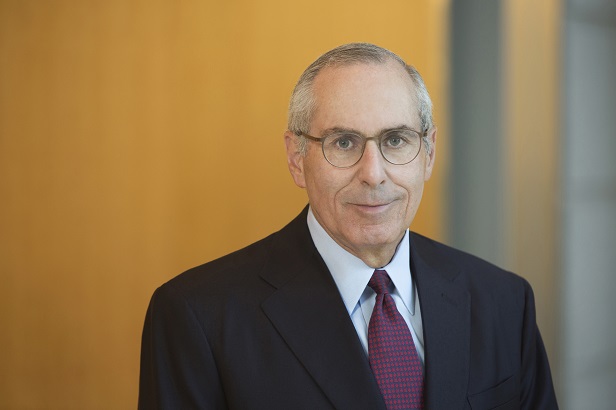
WASHINGTON, DC–Freddie Mac posted strong quarterly earnings for the first quarter with comprehensive income of $2.2 billion overall and of $404 million for multifamily. CEO Don Layton was happy to explain why the GSE performed well during the earnings call. One, unlike in the past few quarters there were no significant items that noticeably impacted results. Two, legacy asset disposition and market spreads tightening together had only a small aggregate effect on the bottom line. Three, because the GSE has shifted to hedge accounting, the rise in interest rates only reduced earnings by about $160 million.
There were other achievements during the quarter, which the GSE is touting. In multifamily, the guarantee portfolio grew 30% from the prior year to $213 billion and the delinquency rate is at historical lows, of around 0.02%.
Perhaps more significantly in Layton's view, Freddie Mac has transferred a large majority of credit risk on 90% of the multifamily guarantee portfolio; it expects to reduce by approximately 90% the modeled capital required for credit risk on the quarter's $13 billion of new originations.
“The greatest innovation of all going on under Freddie Mac is credit risk transfer,” he said during the earnings call. Freddie Mac is building a fundamentally different guarantor business model for the future in which the GSE acts as a conduit for credit risk, rather than the traditional historic buy and hold risk owner, he said.
GlobeSt.com spoke with Layton after the call for further insight into Freddie Mac's progress. Here are excerpts from that conversation.
What this transformation looks like to multifamily borrowers.
Well, first of all, in general we are a much more competitive business that is not as reliant upon the subsidies that got the GSEs into conservatorship. It is a much friendlier model to the taxpayer as well. For multifamily in particular, we have shifted to more of a merchant bank or investment bank orientation — that is, a very competitive, customer-oriented approach. And a capital markets orientation of course, with our K Deals. Our credit risk transfer [activities] in multifamily have been strong. As we disclosed, 90% of the model capital that would be needed for credit risk has been transferred out into the private market. That is a very substantial policy accomplishment.
What is happening on the liability side for Freddie Mac.
The original K Deal is still the workhorse of multifamily. Coming up strong would be the small balance loan version of the K Deals. Investment demand for these is very good, because the performance of the apartment asset class over the last several years has been quite strong in terms of credit quality. We've also started to do a few other kinds of structures to bring in private capital. Those newer deals are smaller by comparison. They are important to use but they're much less impactful to outsiders.
About Freddie Mac's asset side.
We do the classic multifamily loans but there's been a good evolution there to [loans that are] more workforce oriented, rehabilitation oriented. We are trying to get beyond plain vanilla to help the mission.
How Freddie grew its multifamily guarantee portfolio 30% year over year.
That is a combination of a growing market and our great competitiveness — I.e. our share of the market is growing. The two add up.
On multifamily's direction.
In many ways the biggest issue in multifamily is how long can these good fundamentals last.
© Touchpoint Markets, All Rights Reserved. Request academic re-use from www.copyright.com. All other uses, submit a request to [email protected]. For more inforrmation visit Asset & Logo Licensing.







